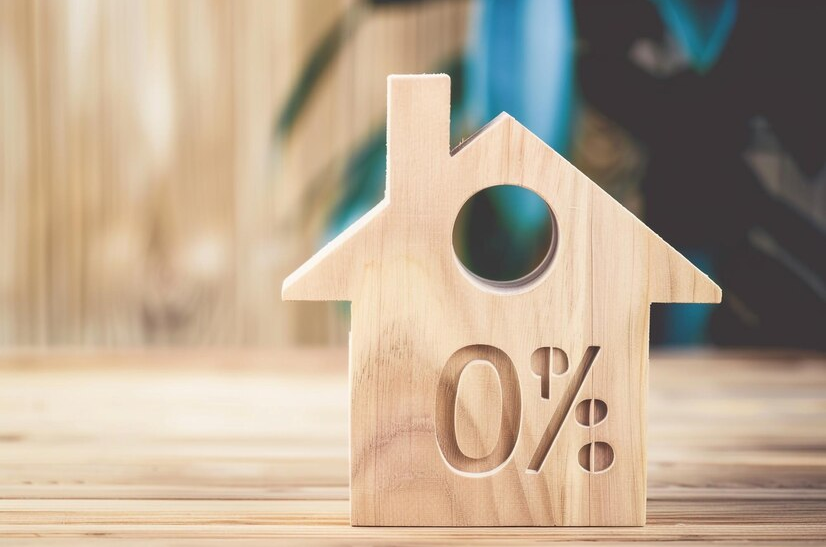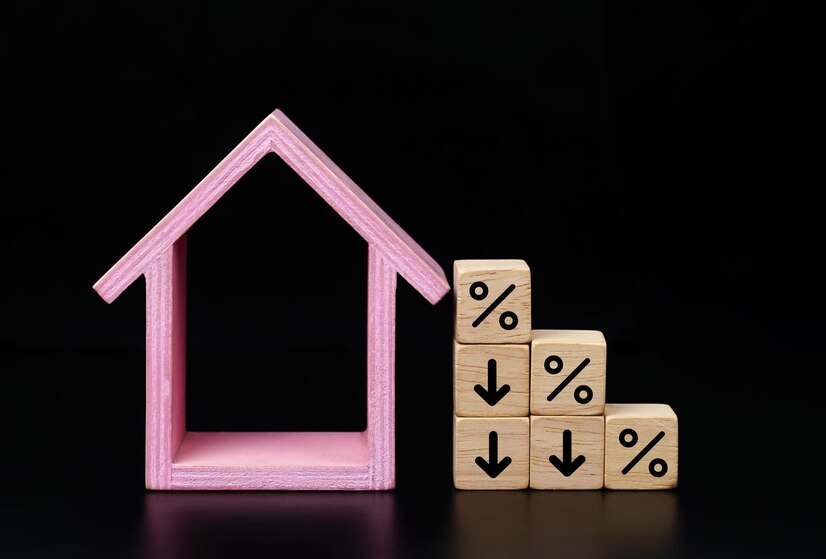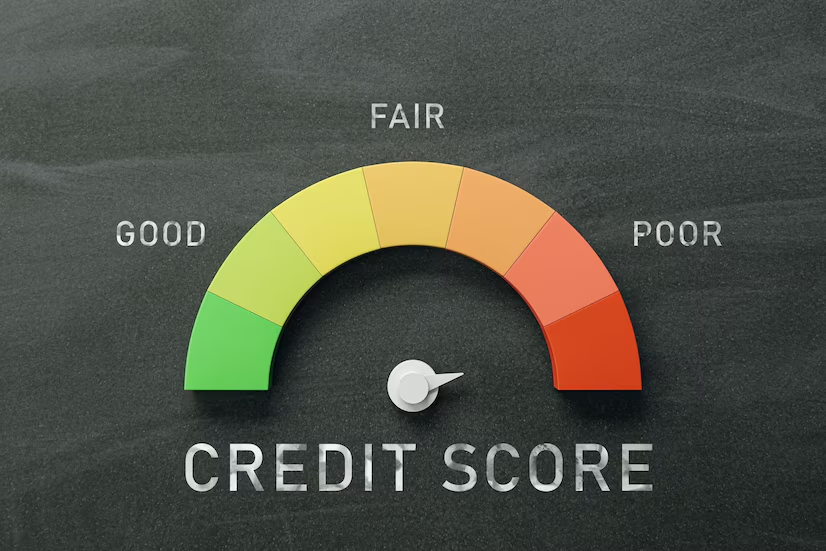Securing a mortgage with no down payment can be a game-changer for prospective homebuyers who may not have significant savings for a down payment. While traditionally, most mortgages require a substantial down payment, there are several options available in 2024 that allow you to purchase a home with zero down payment. This comprehensive guide will explore the various methods to achieve a zero down payment mortgage, including eligibility requirements, benefits, and application processes.
Zero down payment mortgage
1. VA Loans
Overview
The U.S. Department of Veterans Affairs (VA) offers zero down payment mortgages to eligible veterans, active-duty service members, and certain members of the National Guard and Reserves. VA loans are designed to assist those who have served in the military or their families.
Key Features
- Down Payment: No down payment required.
- Credit Score Requirement: While the VA does not set a minimum credit score, most lenders prefer a score of at least 620.
- Mortgage Insurance: No mortgage insurance required.
Benefits
- No Down Payment: Allows for homeownership without an initial cash outlay.
- Competitive Interest Rates: Often lower than conventional loan rates.
- No Mortgage Insurance: Reduces monthly payments.
Eligibility
- Service Members: Must have served in the U.S. military, including the Army, Navy, Air Force, Marine Corps, or Coast Guard.
- Veterans: Must have been honorably discharged.
- Surviving Spouses: Certain surviving spouses of deceased service members may also be eligible.
Application Process
- Obtain a Certificate of Eligibility (COE): Apply through the VA or an approved lender.
- Pre-Approval: Get pre-approved by a VA-approved lender.
- Submit Documents: Provide required financial and military documentation.
- Appraisal: The VA will conduct an appraisal to ensure the property meets their standards.
2. USDA Loans
Overview
The U.S. Department of Agriculture (USDA) offers zero down payment loans to eligible borrowers in rural and suburban areas. USDA loans aim to promote homeownership in qualifying areas.
Key Features
- Down Payment: No down payment required.
- Credit Score Requirement: Generally, a minimum credit score of 640 is preferred, but some lenders may accept lower scores.
- Income Limits: Must meet income eligibility based on location and household size.
Benefits
- No Down Payment: Reduces the upfront cost of buying a home.
- Low Interest Rates: Competitive rates compared to conventional loans.
- Flexible Credit Requirements: More lenient credit criteria.
Eligibility
- Location: The property must be located in an eligible rural or suburban area as defined by the USDA.
- Income: Must fall below income limits set by the USDA.
Application Process
- Pre-Qualification: Check eligibility with the USDA or an approved lender.
- Application: Submit a loan application with income, credit, and property information.
- Appraisal: The USDA will conduct a property appraisal.
3. Homebuyer Assistance Programs
Overview
Various local and state homebuyer assistance programs offer zero down payment options or financial assistance to help cover the down payment and closing costs. These programs are often administered by non-profit organizations or government agencies.
Key Features
- Down Payment: May offer zero down payment or grants/loans to cover down payment and closing costs.
- Credit Score Requirement: Varies by program.
- Income Limits: May have income eligibility criteria.
Benefits
- Financial Assistance: Helps with the down payment and potentially closing costs.
- Local Expertise: Programs tailored to specific regions and communities.
Eligibility
- First-Time Homebuyers: Many programs are designed for first-time homebuyers.
- Income and Credit Requirements: Vary by program and location.
Application Process
- Research Programs: Look for local and state programs that offer down payment assistance.
- Apply: Complete the application process for the chosen program.
- Documentation: Provide required financial and personal documentation.
- Approval: Obtain approval and follow program guidelines.
4. Lender-Specific Zero Down Programs
Overview
Some lenders offer their own zero down payment mortgage programs. These programs are not government-backed but can provide similar benefits to borrowers who meet the lender’s criteria.
Key Features
- Down Payment: No down payment required.
- Credit Score Requirement: Varies by lender.
- Mortgage Insurance: May be required depending on the lender’s terms.
Benefits
- Custom Terms: Lenders may offer flexible terms and conditions.
- Convenience: Simplified application process through the lender.
Eligibility
- Lender-Specific Criteria: Varies by lender, including credit score and income requirements.
Application Process
- Find Lenders: Research lenders offering zero down payment programs.
- Pre-Approval: Obtain pre-approval and discuss program details with the lender.
- Submit Documentation: Provide necessary financial and personal documentation.
- Appraisal: The lender will conduct a property appraisal.
Tips for Securing a Zero Down Payment Mortgage
- Check Your Credit Score: A higher credit score improves your chances of securing a zero down payment mortgage with favorable terms. Review your credit report and address any issues.
- Research Eligibility: Understand the eligibility requirements for VA, USDA, and local assistance programs to ensure you meet the criteria.
- Explore Assistance Programs: Look into local and state homebuyer assistance programs that offer zero down payment options or financial aid.
- Compare Lenders: Shop around and compare offers from different lenders to find the best zero down payment mortgage program.
- Get Pre-Approved: Obtain pre-approval to understand your borrowing capacity and strengthen your position when making an offer on a home.
Frequently Asked Questions
1. Can I get a zero down payment mortgage with a low credit score?
Yes, some zero down payment mortgage programs, such as VA and USDA loans, have more lenient credit requirements. However, having a higher credit score can improve your chances and terms.
2. What are the income limits for USDA loans?
Income limits for USDA loans vary based on location and household size. Check with the USDA or an approved lender for specific income eligibility requirements.
3. Are zero down payment mortgages available for investment properties?
Zero down payment mortgages are typically available for primary residences. For investment properties, a down payment is usually required.
4. How do I find local homebuyer assistance programs?
Research local government websites, non-profit organizations, and community development agencies for information on homebuyer assistance programs in your area.
5. What is the difference between VA and USDA loans?
VA loans are available to veterans, active-duty service members, and certain members of the National Guard, with no down payment required. USDA loans are available for eligible rural and suburban homebuyers, also with no down payment required. Each program has its own eligibility criteria and benefits.
Conclusion
Securing a zero down payment mortgage in 2024 is achievable through several programs and options designed to assist homebuyers who may not have substantial savings. By exploring VA and USDA loans, local homebuyer assistance programs, and lender-specific offerings, you can find a mortgage solution that meets your needs and helps you achieve homeownership without a down payment. Carefully assess your eligibility, compare options, and seek professional advice to make the most informed decision for your financial situation.


















